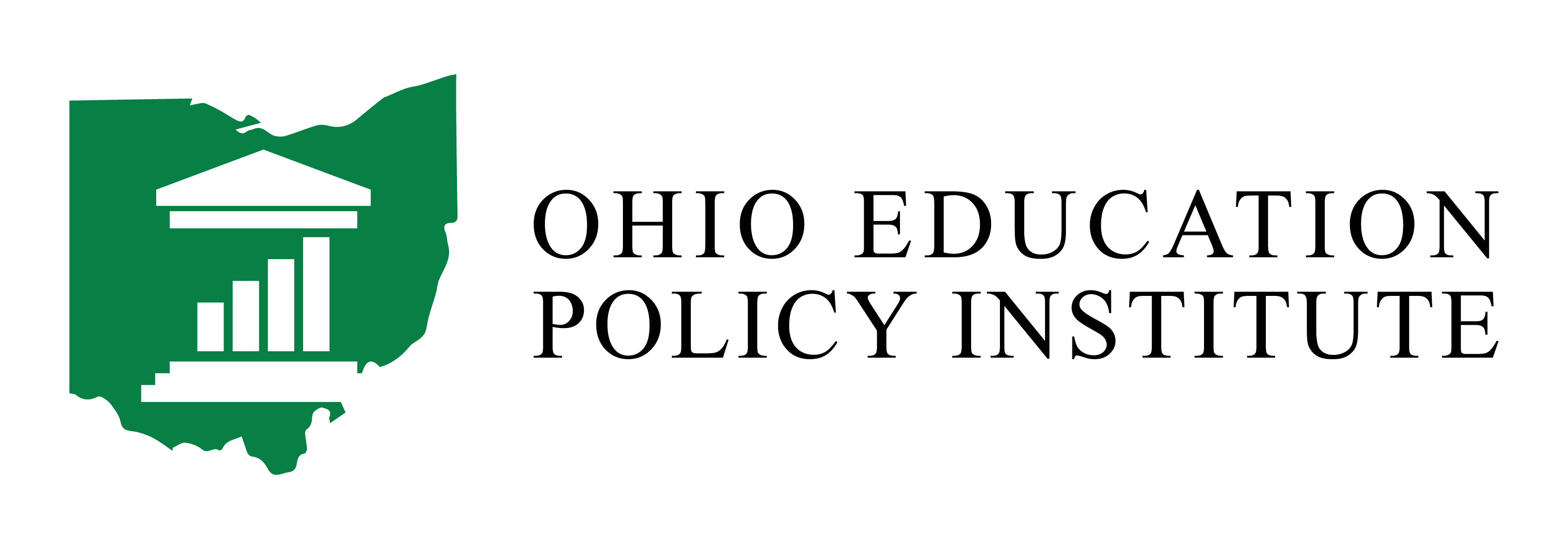November 2016
- Dr. Howard Fleeter’s presentation on GRF Tax Revenues, Funding Formula Issues, CAUV, & 2015 School Levy Analysis
- Dr. Howard Fleeter’s Analysis of HB 398 and SB 246 — Proposal to modify Ohio’s CAUV calculations
- Analysis of Community School Funding in Ohio and its effects on traditional school districts
- OEPI 2016 Report Card Analysis
January 2016
January 2016
Analysis shows disparities with report card’s new Prepared for Success measure
COLUMBUS — Results of Ohio’s new “Prepared for Success” measures on public school district report cards indicate significant disparities between economically disadvantaged students and their peers, according to an analysis just released.
Three statewide education management organizations: the Ohio School Boards Association, Buckeye Association of School Administrators, and Ohio Association of School Business Officials requested the analysis through the Ohio Education Policy Institute (OEPI). Dr. Howard Fleeter, consultant for the OEPI, prepared the analysis of the state’s recently released report card data.
Dr. Fleeter found stark differences among school districts in the college and career readiness of their students as measured by new indicators on Ohio’s school district report cards. Districts with a high percentage of students who come from low socioeconomic circumstances generally score much lower on the new Prepared for Success measures.
The 2014-2015 school year is the first to be subject to a variety of new school district report card measures. Aimed at a more comprehensive look at the way school districts serve students, the new data provides yet another reminder that more work is needed to close the gap between wealthy and poor students, according to Dr. Fleeter. The measures include performance and participation rates on SAT and ACT tests, the number of students taking Advanced Placement tests, and college matriculation rates.
After grouping the state’s school districts by decile according to the percentage of districts’ economically disadvantaged students, Fleeter’s analysis shows there is a 23.5 point percentage gap between the average 4-year graduation rate in districts with less than 10% economically disadvantaged students (97.4%) and districts with greater than 90% economically disadvantaged students (73.9%). Fleeter also found that ACT test participation increases steadily as the percentage of lower income students declines across 9 of the 10 deciles.
Fleeter states, “A very clear pattern exists whereby the likelihood of receiving an Honors diploma increases dramatically as the percentage of economically disadvantaged students declines.”
The three education organizations requesting the analysis hope to use the results to petition lawmakers to take action. Spokespersons for the groups say the new report card data is just one more piece of evidence pointing to the need for innovative solutions that go beyond the classroom.
Media contacts:
Dr. Howard Fleeter, OEPI: (614) 461-4177
Nicole Piscatani, OSBA: (614) 540-4000
Cass Freeland, OASBO: (614) 431-9116 x.109
Paul Imhoff, BASA: (614) 846-4080
